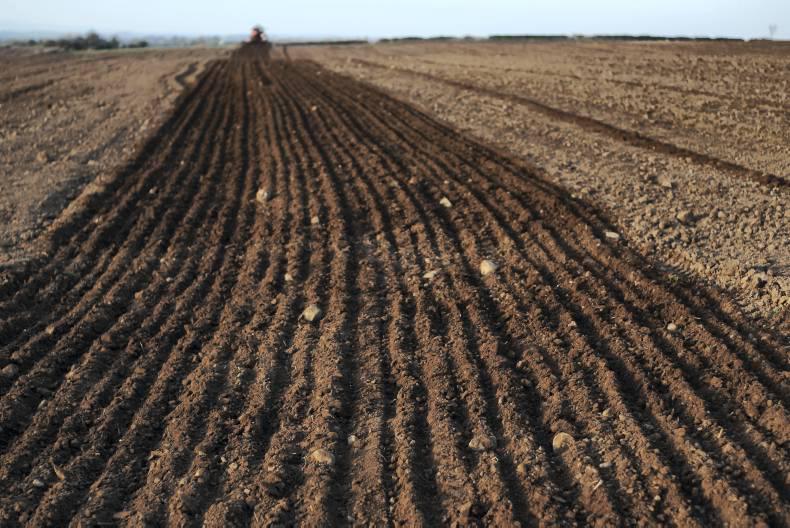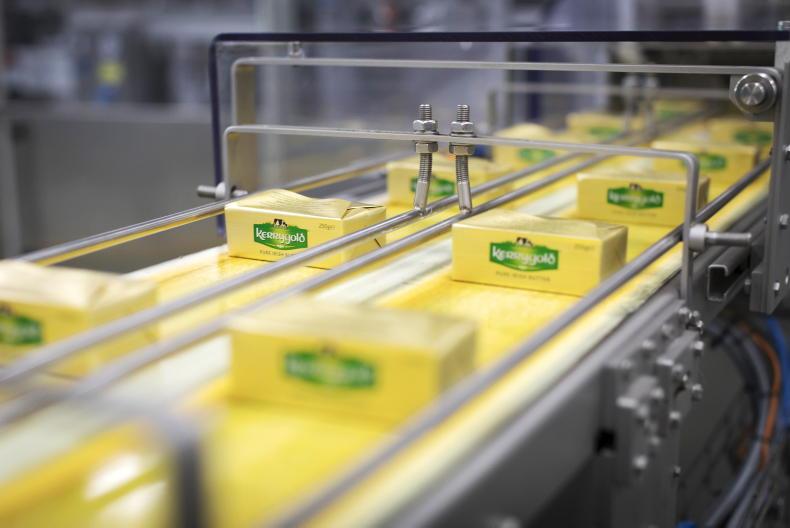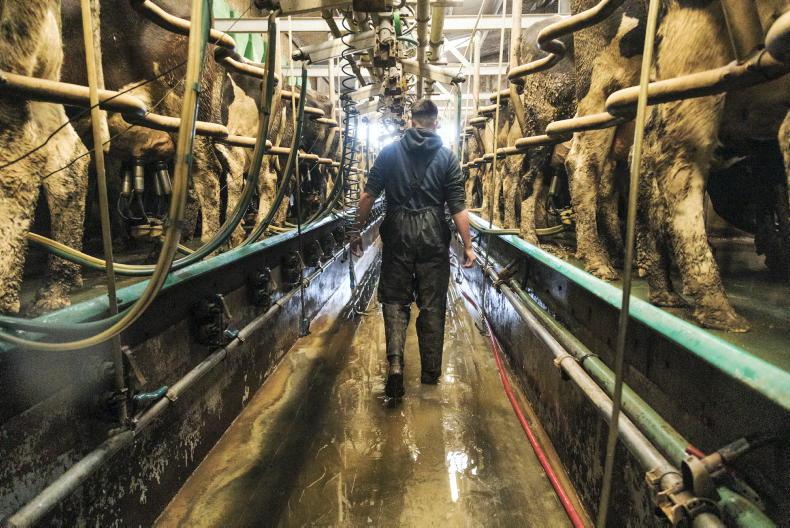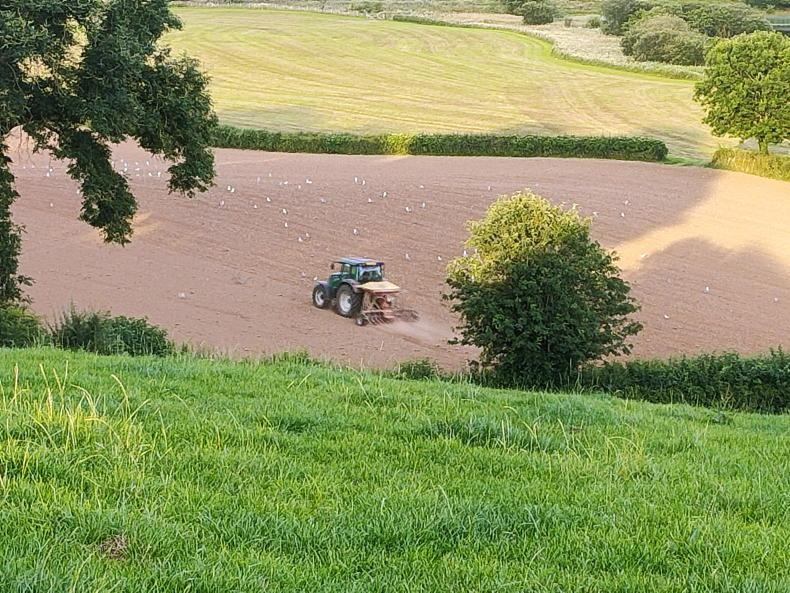90% of Irish soils are below targets in terms of pH, P and K, the Quinns of Baltinglass livestock seminar heard.
“We’re not looking after our soils and it is something we really need to focus on,” said Dr Mary McEvoy, technical development manager with Germinal. “Soil fertility is critical to the establishment, performance and persistency for perennial ryegrass so if you don’t get your soil right you are basically wasting your money.”
She said that if you have P Index 1 it will result in a 1.5 t DM/ha loss each year and if you have a K Index 1 it will cause a 1 t DM/ha to 3 t DM/ha of silage loss.
Reseeding
McEvoy promoted the benefits of spring reseeding - while 60% of farmers reseed in autumn she maintains that spring gives greater flexibility.
“In spring you have improving soil conditions, higher temperatures and longer days. Several grazings will ensure a well tillered sward in autumn. And it gives you a greater opportunity to apply post emergence spray,” she said.
Only 40% perennial ryegrass in a reseed mix will make you lose €200/year.
While autumn reseeding “suits feed budget, soil temperatures are on the way down so you’re going to reduce your chances of a successful germination.”
In assisting with variety selection the Teagasc Pasture Profit Index is a total merit index that can help. It determines the economic merit of key traits, giving the variety name, ploidy and heading date.
“It also gives the quality, silage and persistency giving you a value in terms of €/ha/yr,” said McEvoy. “There’s a difference of €110 between the best and worst variety".
Using the Teagasc Pasture Profit Index quality is the most important trait to focus on.
“On the PPI €0 is considered a persistent variety but only gives a difference of €11/ha/year between the best and worst variety compared to €104 for quality".
Key points for reseeding:
Use recommended listPPI indicates strengths and weaknesses and gives the differences between varieties in €/ha per yearChoose varieties that perform well on key traits and bear in mind whether it’s for a silage or grazing field.Soil fertility is key to performance and persistency – “so work on that and try correct that if you have problems on your farm.” Read more
Online veterinary contributor to the Irish Farmers Journal, Tommy Heffernan, was also speaking at the Quinns of Baltinglass livestock seminar.
90% of Irish soils are below targets in terms of pH, P and K, the Quinns of Baltinglass livestock seminar heard.
“We’re not looking after our soils and it is something we really need to focus on,” said Dr Mary McEvoy, technical development manager with Germinal. “Soil fertility is critical to the establishment, performance and persistency for perennial ryegrass so if you don’t get your soil right you are basically wasting your money.”
She said that if you have P Index 1 it will result in a 1.5 t DM/ha loss each year and if you have a K Index 1 it will cause a 1 t DM/ha to 3 t DM/ha of silage loss.
Reseeding
McEvoy promoted the benefits of spring reseeding - while 60% of farmers reseed in autumn she maintains that spring gives greater flexibility.
“In spring you have improving soil conditions, higher temperatures and longer days. Several grazings will ensure a well tillered sward in autumn. And it gives you a greater opportunity to apply post emergence spray,” she said.
Only 40% perennial ryegrass in a reseed mix will make you lose €200/year.
While autumn reseeding “suits feed budget, soil temperatures are on the way down so you’re going to reduce your chances of a successful germination.”
In assisting with variety selection the Teagasc Pasture Profit Index is a total merit index that can help. It determines the economic merit of key traits, giving the variety name, ploidy and heading date.
“It also gives the quality, silage and persistency giving you a value in terms of €/ha/yr,” said McEvoy. “There’s a difference of €110 between the best and worst variety".
Using the Teagasc Pasture Profit Index quality is the most important trait to focus on.
“On the PPI €0 is considered a persistent variety but only gives a difference of €11/ha/year between the best and worst variety compared to €104 for quality".
Key points for reseeding:
Use recommended listPPI indicates strengths and weaknesses and gives the differences between varieties in €/ha per yearChoose varieties that perform well on key traits and bear in mind whether it’s for a silage or grazing field.Soil fertility is key to performance and persistency – “so work on that and try correct that if you have problems on your farm.” Read more
Online veterinary contributor to the Irish Farmers Journal, Tommy Heffernan, was also speaking at the Quinns of Baltinglass livestock seminar.










SHARING OPTIONS